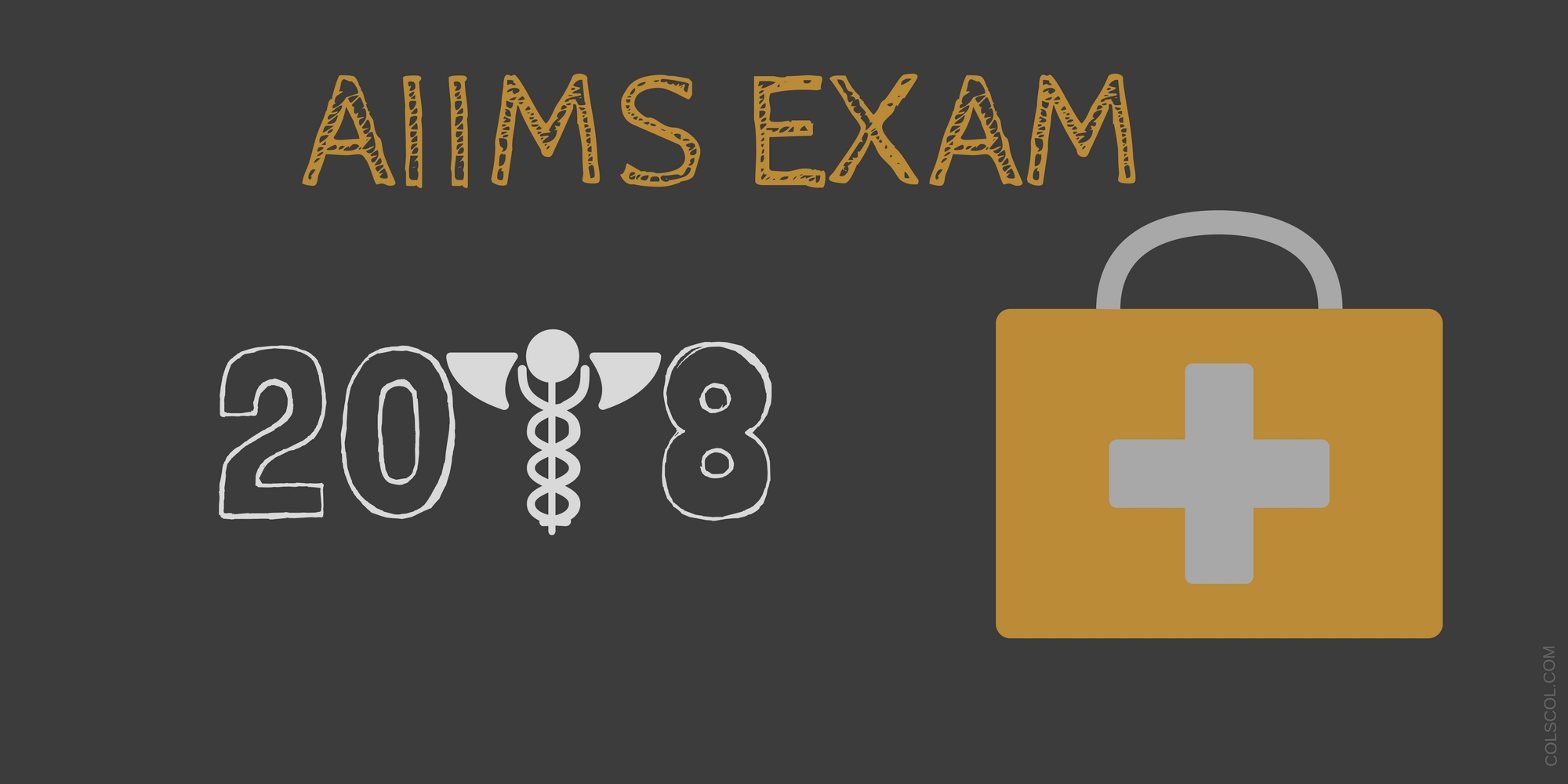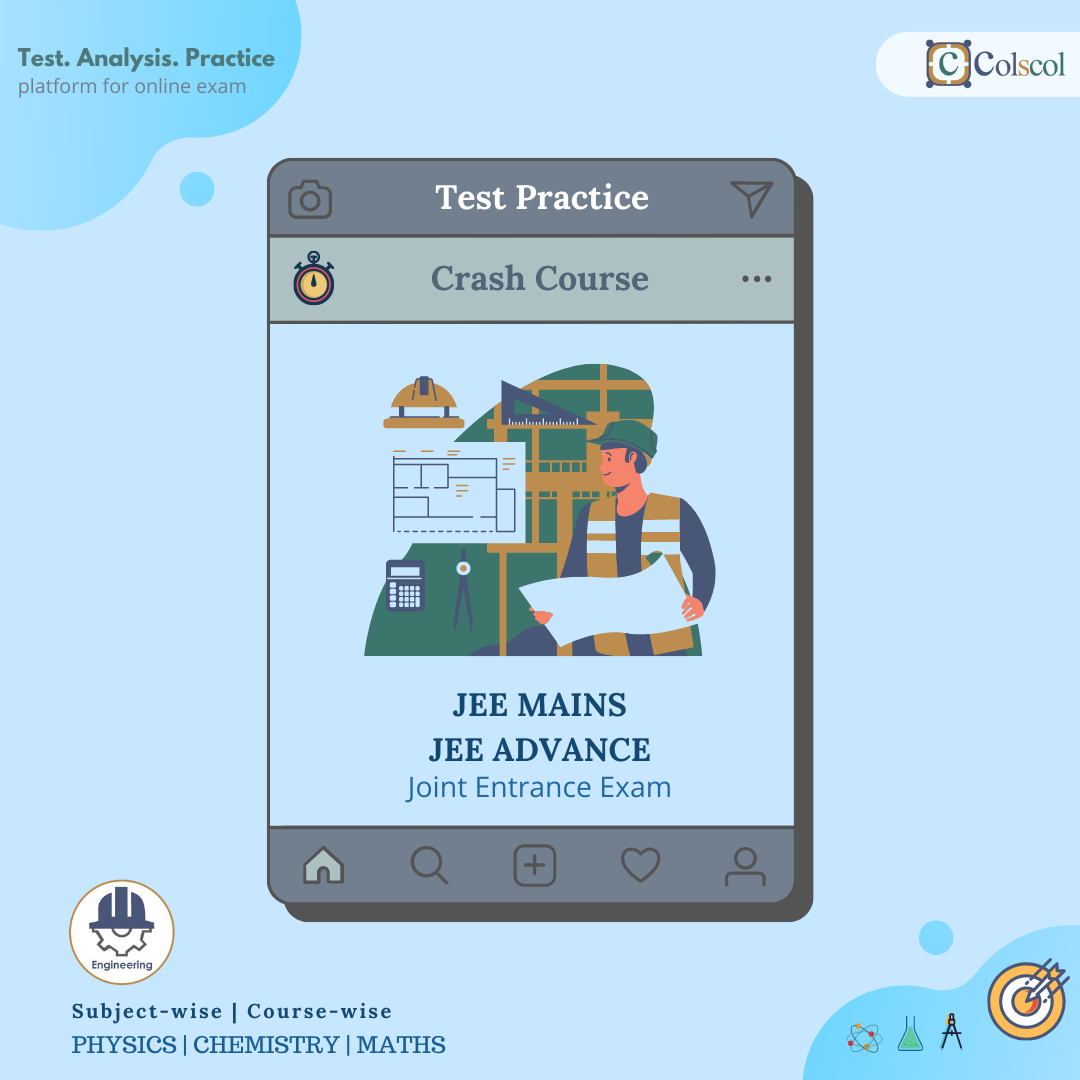
AIIMS MBBS EXAM
The All India Institute of Medical Sciences MBBS Entrance Examination is a national level undergraduate medical entrance exam conducted by the All India Institute of Medical Sciences, New Delhi, for admissions to MBBS programmes offered in AIIMS,IIMS New Delhi will offer 107 seats, while the other AIIMS institutions located in Bhopal, Bhubaneshwar, Jodhpur, Patna, Raipur and Rishikesh will each offer 100 seats. The two new AIIMS in Guntur and Nagpur will offer 50 seats each for this year. The entrance exam of AIIMS MBBS 2018 will be held in online mode, as a Computer Based Test (CBT) in two slots – morning and evening – over two consecutive days. On both days, each slot of the exam will take place for a duration of 3 hours and 30 minutes and the AIIMS MBBS 2018 candidates will have to appear as per the slot allotted to them. Along with NEET and JIPMER, AIIMS MBBS is one among India’s three medical entrance exams at the undergraduate level. Continue reading AIIMS EXAM- Capsule Presentation





